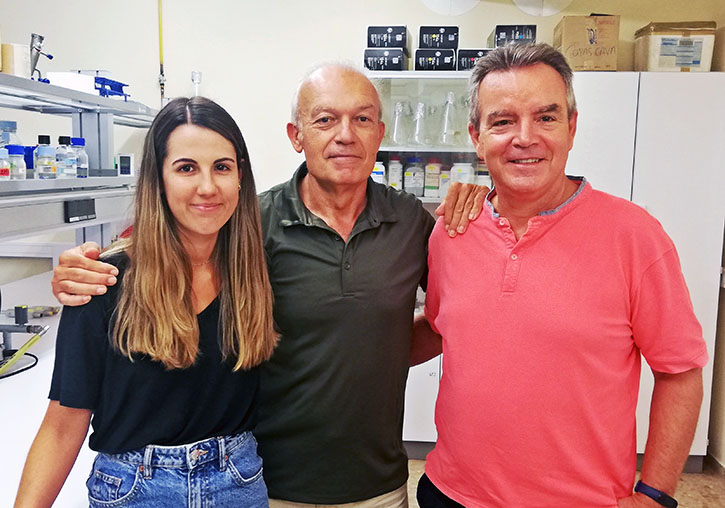
Not all living organisms always evolve by natural selection or genetic drift, as stated in a study by the University of Valencia recently published in the journal PLOS One. The research team has shown that the common yeast Saccharomyces cerevisiae can evolve through a deterministic mechanism that does not follow the rules of ‘survival of the fittest’. The work opens another avenue in the study of genetic inheritance and predicts its usefulness in the field of organisms of biotechnological interest.
The evolution of living beings occurs through the natural selection of the fittest individuals –the mechanism proposed by Charles Darwin–, or by random genetic driftin the selection process. These are the only mechanisms demonstrated so far in living beings with heritable genetic information.
In non-living physical systems, such as minerals, planets, atoms or molecules, evolution occurs differently, following physicochemical laws that allow predicting the outcome of the evolutionary process.
A research team from the Institute of Biotechnology and Biomedicine (BIOTECMED) of the University of Valencia, in collaboration with the Institute of Integrative Systems Biology (I2SysBio, UV/CSIC), has discovered that, under certain conditions, baker’s yeast (Saccharomyces cerevisiae) is capable of evolving from an unstable genome to a stable one through a deterministic mechanism –that is, predictable–, which is independent of natural selection. “It is an evolutionary process guided by physicochemical principles, formally similar to the deterministic mechanisms that act in non-biological systems, without inheritance”, explains Professor of Biochemistry José. E Pérez Ortín, responsible for the Laboratory of Yeast Functional Genomics of Yeasts of BIOTECMED, from where the project is developed. “With this example we posit the existence of organisms capable of developing gene regulation circuits that are activated under certain conditions and lead to evolution independent of natural selection”, comments the scientist.
The work is based on a previous study in which, when analysing cells of different volumes in this yeast, it was observed that the larger ones contained more copies of the rDNA gene and it was postulated that it was a process of natural selection in which cells with a higher number of rDNA copies — that is, the more evolved cells — were the fitter. However, the results were contrary to this deduction. The cells with the highest copy number were no more fit than the rest, and the team set out to find a new mechanism to explain this result.
“Based on the studies of the Kobayashi group at the University of Tokyo, where it is proposed that the mechanism for the rDNA gene in yeast occurs by “only amplification” and, therefore, the number of copies of a gene can only grow in the population of cells, we have carried out computer simulations of the process observed by us and we have verified that the bioinformatic model perfectly explains the results observed”, explains Pérez Ortín. “Under these conditions, the population gradually increases the number of copies of the gene, but the process does not lead to the production of more fit cells.”
Although, today, it is an exceptional case of the Darwinian law of natural selection, the study shows that processes independent of it can exist in living beings. “We do not know if mechanisms of this type could occur in other genes or organisms to escape natural selection in circumstances in which, in the long term, it is more favourable not to follow the survival of the fittest” declares José E. Pérez, according to which “The design principles found in this mechanism could be used in the artificial construction of regulation circuits for applied purposes in organisms of biotechnological interest”.
Reference: A feedback mechanism controls rDNA copy number evolution in yeast independently of natural selection. Vicente Arnau, Marina Barba-Aliaga, Gaurav Singh, Javier Ferri, José García-Martínez and José E. Pérez-Ortín. PLOS One.
Links:











